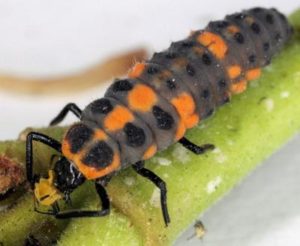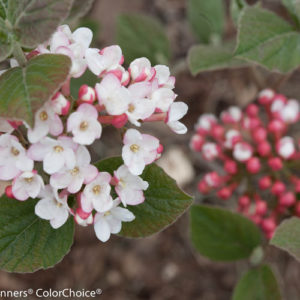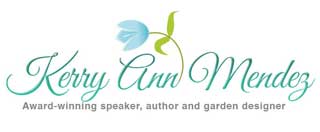Insights Learned at an IPM Class

Below are a few of the many valuable takeaways:
-Research shows that lawns are more susceptible to crabgrass problems if they are cut short: it’s better (for many reasons) to keep the blade height at 3” – 4” versus ‘buzzcuts’. Click here for a fantastic article for maintaining a lawn in Maine (or other regions with similar climates).
-When selecting plant fertilizers, look for those that have a higher percentage of water insoluble Nitrogen (WIN) rather than water soluble Nitrogen (WSN). Water soluble Nitrogen allows the Nitrogen to be released much more quickly than insoluble; stimulating rapid stem and leaf growth that is more susceptible to insect damage from aphids and other sucking insects. The recommendation is to look for at least 75% WIN on the fertilizer label.

-Weeds can be frustrating BUT they can also help you understand why your soil is prone to them and find ways to correct these conditions. Check out this eye-opening article recently featured by The Farmer’s Almanac.
Finally, below are some links to helpful resources.
GoBotany https://gobotany.nativeplanttrust.org/ Funded by the National Science Foundation, this project is an online resource that strives to make finding and appreciating native plants accessible for anyone living in the northeastern United States. It also includes an invasive plant ID resource.
www.gotPests.org The goal of Got Pests? is to provide a way for homeowners to quickly identify pest problems and obtain information on least-risk management options. The site also provides a detailed list of experts who can be contacted for assistance. This list is a collaboration of many Maine agencies including the Maine Integrated Pest Management Council.
University of Maine Cooperative Extension, Insect & Plant Disease Diagnostic Clinic: https://extension.umaine.edu/ipm/ipddl/
Cornell Plant Disease Diagnostic Lab: http://plantclinic.cornell.edu/
Plants that are food sources for birds: https://www.audubon.org/plantsforbirds Enter your zip code for recommended plants
Lady Bird Johnson Wildflower Center, Native Plant Finder: https://www.wildflower.org/plants-main
